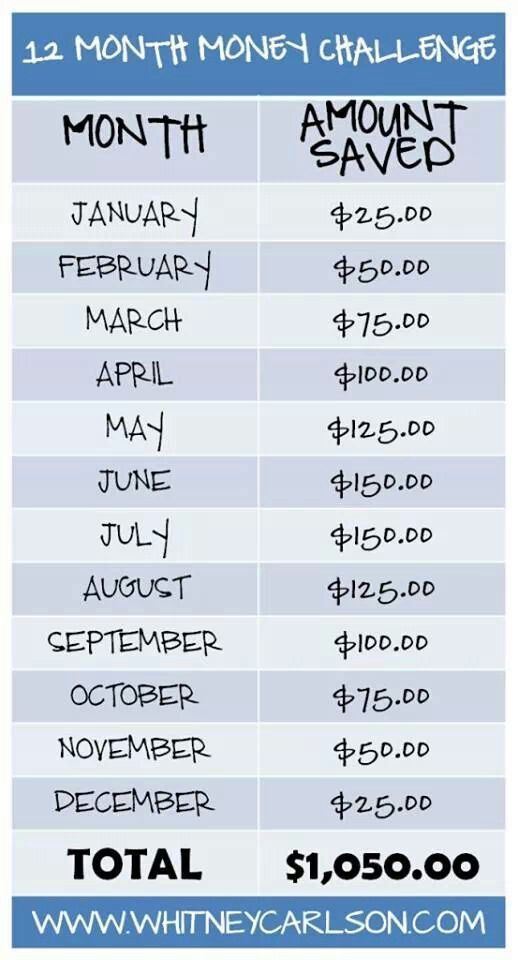Saving money can be challenging, especially if you are living paycheck to paycheck. However, the benefits of saving are tremendous. Our credit counseling advice is to make it a goal to save some money. Try these easy year long savings plans to get started.
Creating Simple Year Long Savings Plans
Setting money aside in the budget for saving when managing debt might seem impossible. Many Americans are not actively saving whether it’s for a major purchase or a rainy day. Approximately 62% of Americans have less than $1,000 in their savings account, and 21% don’t have any kind of savings account. Here are three-year long savings plans you could use to help stabilize your finances.
How to Calculate Year Long Savings Plans
Saving is easier the longer you have when you are trying to hit a specific dollar amount. Whether you need 3-6 months of savings to cover a major financial hit or a $1,000 for a specific need, this amount will be spread over the year.
Let’s say you need to save $1,000. Since a year has 52 weeks, divide 1,000 by 52.
$1,000/52= $19.23
The math tells us that you would need to save about $19.25 a week or $77 a month. Apply this same mathematical logic to any amount you need to save.
Eliminate a Luxury
The first savings option is to eliminate a luxury and deposit the cash into a savings account. Unlike other year long savings plans, this plan works well without knowing how much you need to save. It also works great if most of your budget is focused on debt management.
Eliminating luxuries is a small change in your finances. Chances are excellent that you will be able to maintain a savings this way without interrupting too much of your lifestyle or money flow.
Consider making your own coffee, packing most of your work lunches, cutting cable for a cheaper streaming option or cutting it altogether.
Steady Savings
A steady savings plan is a simple way to generate savings. There are two ways to create the funds for a steady savings plan: pull from other budget areas or increase your income.
This plan requires you to have an up-to-date household budget. Take a look at your budget. Find a few places where you could pull money $5-10. Don’t remove any money from fixed expenses or areas that are typically overspent.
If you are up for the challenge, the other option is to increase your income. Take up a part-time job or perhaps create your own side gig.
Incremental Increase
The hardest of the year-long savings plans is one with an incremental increase. You may have seen something like this around the Internet:
There are a number of ways to set-up an incremental increase savings plan. In the example above, the amount starts out low at $25. Then it peaks at $150 in June and July before decreasing again. Another way to create this kind of savings plan is to start with the highest monthly amount at the beginning or the end of the year and steadily increase/decrease.
No matter which of the year-long savings plan you try, making saving a priority is an important step. You will find yourself with less consumer debt and vulnerability if you encounter a financial hardship.
If you’re struggling to pay off debt, ACCC can help. Schedule a free credit counseling session with us today.







